#Phyllis Konstam
Text
#24 The Skin Game, 1931 📼


#The Skin Game#Thriller#Drama#Movies#Film#Cinema#Cinephile#Vhs#collection vhs#vhs collector#vhs tapes#vhs collection#1931#30s#Alfred Hitchcock#Edmund Gwenn#John Longden#Jill Edmond#Helen Hayes (II)#Herbert Ross#Phyllis Konstam#Frank Lawton#Edward Chapman#physical media#John Galsworthy#Uk#Uk Movies#English movies#british
0 notes
Text

Seen in 2023:
The Skin Game (Alfred Hitchcock), 1931
0 notes
Text

#The Skin Game#Edmund Gwenn#Helen Haye#C. V. France#Jill Esmond#John Longden#Phyllis Konstam#Alfred Hitchcock#1931
1 note
·
View note
Text
The Skin Game (1931)

Movie #1,073 • TGI-HITCHCOCK!

EVERY OTHER FRIDAY I’M REVIEWING THE COMPLETE WORKS OF ALFRED HITCHCOCK IN CHRONOLOGICAL ORDER

This was the best Hitchcock movie yet! And not just because there's over two dozen title drops. IDK I was just vibing with this story and you're in and out in under 80 minutes. Hope this is a turning point of sorts. Also, shout-out to a fellow GoutHead and GoutHeads everywhere.

SCORE: ⭐️⭐️⭐️⭐️⭐️⭐️⭐️½
#alfred hitchcock director#1931#drama#🇬🇧#7.5#edmund gwenn#helen haye#c. v. france#jill esmond#john longden#phyllis konstam
0 notes
Photo

Phyllis Konstam and Edward Chapman in The Skin Game (Alfred Hitchcock, 1931)
Cast: C.V. France, Helen Haye, Jill Esmond, Edmund Gwenn, John Longden, Phyllis Konstam, Frank Lawton, Edward Chapman, Herbert Ross, Dora Gregory, Ronald Frankau. Screenplay: Alfred Hitchcock, Alma Reville, based on a play by John Galsworthy. Cinematography: Jack E. Cox.
Despite winning the Nobel Prize in Literature in 1932, John Galsworthy is one of those authors nobody reads much anymore, partly because his reputation was eclipsed by the great modernists whom the Nobel committee overlooked, like James Joyce and Virginia Woolf. His series of novels that constitutes The Forsyte Saga came back in vogue for a while in 1967 and again in 2002 when they were adapted for British television, playing on that nostalgia for the good old days of the British class system that more recently made a hit of Downton Abbey. Class, especially the conflict of the landed aristocracy and the new-monied bourgeoisie, was his big theme, and he explored it not only in his novels but also in plays like The Skin Game, which was first performed in 1920 and immediately snapped up for a silent film adaptation. Hitchcock apparently saw the play and liked the idea of turning it into a talkie, wrote the screenplay with his wife, Alma, and even cast Edmund Gwenn and Helen Haye in the roles they had played in the silent film. The problem is that Galsworthy forbade any deviation from the original plot and dialogue, leaving Hitchcock for the most part stagebound. There's occasionally some interesting camerawork, especially in the auction scene in which swish pans are used to build suspense during the competitive bidding over the property that the old-money Hillcrist (C.V. France) wants to keep out of the hands of the self-made industrialist Hornblower (Gwenn). But too often Hitchcock reverts to stage tableaus -- some of them badly blocked -- that show off the melodramatic hamming of some of the actors, as well as some stilted dialogue carried over from the play. There's a long take in which Chloe Hornblower (Phyllis Konstam) confronts Hillcrist's scheming agent, Dawker (Edward Chapman), that particularly exposes Konstam's mannered acting. The plot hinges on Chloe's dark secret, which seems much ado about nothing today: that she once worked as a professional co-respondent in divorce cases before marrying Hornblower's son, Charles (John Longden). But Hitchcock retains Galsworthy's ambivalence about his characters, making neither Hillcrist not Hornblower purely admirable or villainous. We dislike Hornblower for his callous treatment of some old tenants of Hillcrist's after he buys property from the squire and for his willingness to despoil the land with his factories, but we also have to condemn Hillcrist's snobbery and his readiness to drag Chloe Hornblower's name through the mud. As he often did, Galsworthy put his faith in the younger generation, Hornblower's son Rolf (Frank Lawton) and Hillcrist's daughter, Jill (Jill Esmond), who seem fated to bring both houses together, but Hitchcock doesn't quite give these characters room enough in the film version to make that point. He later told François Truffaut that he "didn't make [The Skin Game] by choice, and there isn't much to be said about it," but as so often, Hitchcock was fiddling with the truth. It's not one of his better films, hindered as he was by Galsworthy's restrictions, but there's some meat on it.
1 note
·
View note
Text
Film | Murder! - Review
Hitchcock Month
My ★★★★ review of Alfred Hitchcock's Murder!
#FilmFriday #Cinema
Murder! (1930)
Plot – A juror in a murder trial, after voting to convict, has second thoughts and investigates on his own before the execution – Murder!
Director – Alfred Hitchcock
Starring – Herbert Marshall, Norah Baring, Phyllis Konstam
Genre – Crime | Mystery | Thriller
Released – 1930
https://www.dailymotion.com/video/x6l8ut4
Coming during the awkward transition from silent to talking…

View On WordPress
#Alfred Hitchcock#black and white cinema#british cinema#British film#cinema#Crime#film#film review#Herbert Marshall#Hitchcock#movie review#Murder#Murder!#Mystery#Norah Baring#Phyllis Konstam#Thriller
2 notes
·
View notes
Text
12.28.19

#watched#film#letterboxd#murder!#alfred hitchcock#herbert marshall#norah baring#phyllis konstam#edward chapman#miles mander#esme percy#donald calthrop#esme v. chaplin#amy brandon thomas#joynson powell#s.j. warmington#marie wright#hannah jones#una o'connor
2 notes
·
View notes
Photo

#murder#alfred hitchcock#movie#movie posters#movie poster#herbert marshall#norah baring#phyllis konstam
1 note
·
View note
Text




Alfred Hitchcock's MURDER!, starring Herbert Marshall, Norah Baring, Phyllis Konstam, and Edward Chapman, was released 90 years ago today, #OnThisDay in 1930.
4 notes
·
View notes
Text
JULY 28: Jill Esmond (1908-1990)
Having passed away on this day in 1990, Jill Esmond is mostly remembered as the first wife of the legendary Laurence Olivier, but the lesbian actress also enjoyed a thriving career of her own and led a deeply closeted life.

A publicity shot published in Picture Play Magazine in June 1932 shows Jill gracefully leaning her head on the back of a chair (x).
Jill Esmond Moore was born in London on January 26, 1908. Her parents were both actors who constantly toured with theater troupes while Jill was away at boarding schools. However, she eventually dropped out and made her own stage debut in a production of Peter Pan in 1922. After studying for a time at the Royal Academy of Dramatic Arts, Jill got her big break on London’s West End with the play Outward Bound. In 1928, Jill would meet Laurence Olivier as her cast mate in the production of Bird in the Hand and he would become her husband on July 25, 1930.

Jill Esmond and Laurence Olivier pose with their wedding party in 1930 (x).
Although Jill migrated to America and enjoyed a successful career for many years starring in films such as Alfred Hitchcock’s The Skin Game and Thirteen Women, it was her connection to her more famous husband that would eventually make the name Jill Esmond go down in history. Legend has it that both Jill and Laurence regretted their marriage just weeks after the ceremony, but it wasn’t until the couple’s dual performance in the Broadway hit The Green Bay Tree that really saw the beginning of the end of their marriage.
The play featured multiple gay characters and a former lover of Jill’s, Phyllis Konstam, would later say, “Night after night they were speaking lines and creating characters that mirrored their own private lives. She preferred women to men. He was, at the very least, bisexual. They must have known that the marriage could never last.” Despite putting on a happy face for the public, Jill and Laurence’s marriage was deeply unhappy and riddled with extramarital affairs. With the birth of her son Tarquin in 1936 and her inevitable divorce from Laurence in 1940, Jill’s acting career became sporadic. She had begun to turn down roles that her husband disapproved of, which were many, and by the time they had separated it was too late to reclaim her former stardom.
Jill’s very last acting role was as Eleanor of Aquitaine in the 1955 television series The Adventures of Robin Hood. Despite the barrage of bad press and celebrity gossip that followed her divorce and Laurence’s subsequent Hollywood affairs, Jill remained on good terms with her ex-husband for the rest of his life and was in attendance at his 1989 funeral. She would pass away herself just a year later on July 28, 1990 at her home in Wandsworth, London.
-LC
#365daysoflesbians#jill esmond#laurence olivier#hollywood history#old hollywood#lesbian history#wlw history#gay history#lgbt history#lgbtq history#lesbian#wlw#sapphic#gay#lgbt#lgbtq#film history#people#1900s#usa
155 notes
·
View notes
Text
The Skin Game, 1931
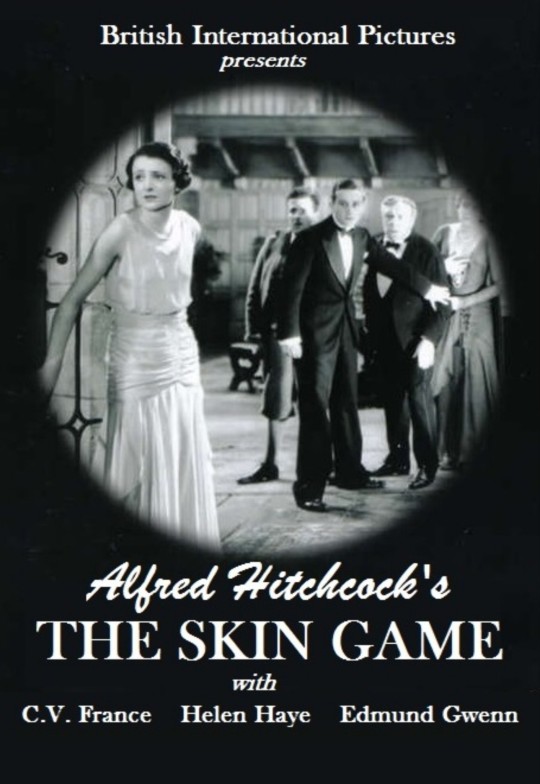
La rivalité entre un propriétaire terrien, attaché aux valeurs traditionnelles, et un industriel parvenu...

Les Hillcrist, riches propriétaires terriens voient leur environnement transformé par l'installation d'un industriel, M. Hornblower. Celui-ci bouleverse le calme bucolique de la région avec ses usines. Lorsqu'un terrain mitoyen de la propriété des Hillcrist, la Gentry, est mis en vente, ils s'affrontent dans une vente aux enchères, remportée par Hornblower. Mais Mrs Hillcrist fait engager un détective privé qui révèle le passé trouble de Chloé, la belle-fille de l'industriel, et se sert de ces révélations pour le faire chanter et lui extorquer la Gentry. Mais le secret est mal gardé, le scandale éclate et Chloé se suicide. Les Hornblower, meurtris et humiliés, décident de quitter la région ; la victoire des Hillcrist est amère car ils y perdent leur dignité.


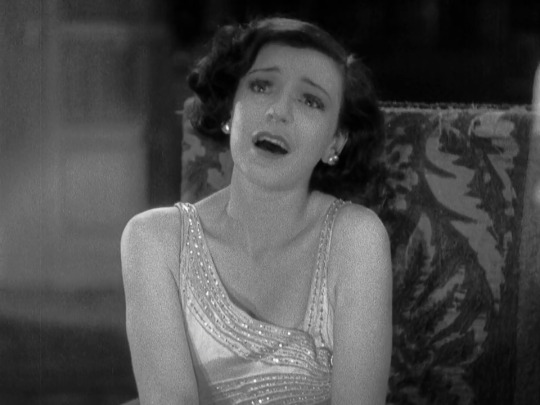
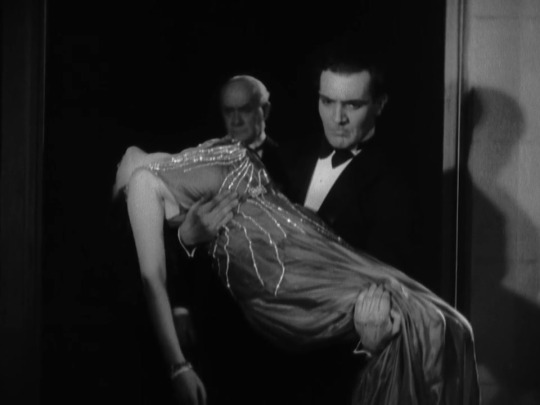
Ce film est une adaptation d'une pièce de Galsworthy, ami d'Hitchcock. L'affrontement entre aristocratie et bourgeoisie ne manque pas de sel et personne n'en sort indemne. Hitchcock, très académique ici, se permet néanmoins quelques originalités : la scène des enchères, l'ouverture opposant cheval et voiture... Hitchcock nous raconte l'histoire d'une rivalité entre un propriétaire terrien, attaché aux valeurs traditionnelles et un riche industriel parvenu. Pourtant, il raconte bien plus que ça, le scénario va aborder intelligemment des thèmes tels que le chantage, le déshonneur, les méthodes pour faire tomber les autres, les conventions ou encore le malheur et on se rendra compte que comme souvent dans la vrai vie les méchants ne sont pas si méchant et les gentils pas si gentils. Un peu trop de paroles ce qui fait que l'on va se perdre un peu au milieu du film (avant une excellente fin, notamment à partir de la révélation principale) ainsi qu'un aspect un peu trop moraliste par moment. Mais on se laisse facilement prendre au jeu de ce "The Skin Game".
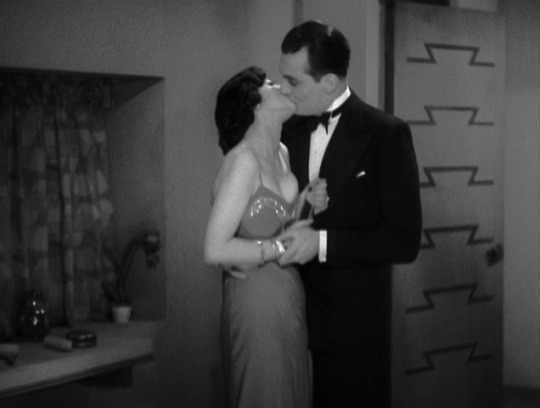

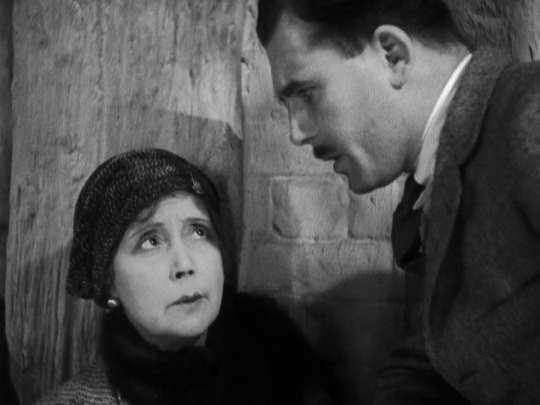
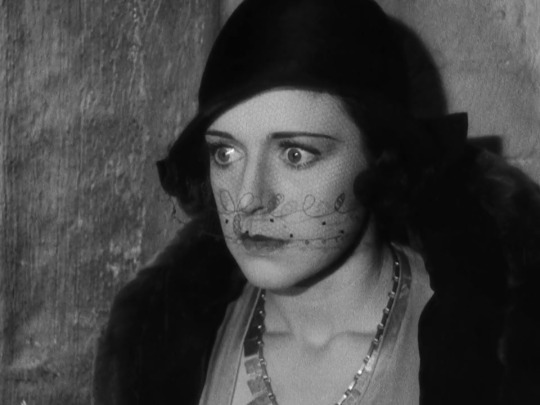
Alfred Hitchcock: The Skin Game (1931) TRAILER | Drama | Edmund Gwenn, Jill Esmond, C.V. France
youtube
#The Skin Game#1931#30s#alfred hitchcock#drama#John Galsworthy#Edmund Gwenn#John Longden#Jill Edmond#Helen Hayes (II)#Herbert Ross#Phyllis Konstam#Frank Lawton#Edward Chapman#film#movies#cinema#cinephile#uk#uk movies#english movies#british#british movies#Youtube
1 note
·
View note
Text
Murder! (1930)

Movie #1,054 • TGI-HITCHCOCK!

EVERY OTHER FRIDAY I'M REVIEWING THE COMPLETE WORKS OF ALFRED HITCHCOCK IN CHRONOLOGICAL ORDER
Talkie #3. This one turned out to have a pretty racist twist but on the other hand, the murderer commits suicide in drag during a trapeze act?
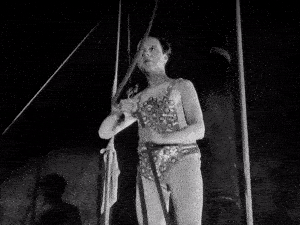
SCORE: ⭐️⭐️⭐️⭐️⭐️⭐️½
#alfred hitchcock director#1930#6.5#thriller#🇬🇧#herbert marshall#norah baring#phyllis konstam#edward chapman#miles mander#drama
0 notes
Photo

Norah Baring, uncredited actress, and Herbert Marshall in Murder! (Alfred Hitchcock, 1930)
Cast: Herbert Marshall, Norah Baring, Phyllis Konstam, Edward Chapman, Miles Mander, Esme Percy, Donald Calthrop, Esme V. Chaplin, Amy Brandon Thomas, Joynson Powell, S.J. Warmington, Marie Wright, Hannah Jones, Una O'Connor, R.E. Jeffrey. Screenplay: Alfred Hitchcock, Walter C. Mycroft, Alma Reville, based on a novel and play by Clemence Dane and Helen Simpson. Cinematography: Jack E. Cox. Art direction: John Mead.
Hitchcock's third talkie, after the commercial success Blackmail (1929) and the comparative flop Juno and the Paycock (1930), is a solid start toward establishing his reputation as a master of the thriller, or in this case the murder-mystery subgenre. Hitchcock's direction of it is full of innovative touches: an opening sequence in which a scream is heard and the camera pans across a series of windows from which curious heads emerge; a neatly staged scene in which the investigation of the murder takes place in the wings of a theater, where people being interrogated sometimes interrupt their testimony to make their entrances; a scene that takes place in the jury room and lingers there as we overhear the sentence being delivered, with only a janitor tidying up in the actual frame; a voiceover by Herbert Marshall as we see his reflection in a mirror -- accomplished in those pre-dubbing days by playing a recording of Marshall speaking his lines. But frankly, Murder! is a bit of a mess, filled with improbable twists. For example, Marshall's character, Sir John Menier, an eminent actor-producer, winds up on the jury even though he has a prior acquaintance with the defendant, Diana Baring (Norah Baring). And somehow, even though he believes her to be innocent, he is bullied by the other jurors into voting guilty. He then turns detective to try to overturn the verdict. The motive for the murder is equally muddled: something to do with the fact that the murderer, who turns out to be a circus trapeze artist who performs in drag, is "half-caste" -- a secret that he is willing to kill in order to protect. But this muddle has its moments, such as the one in which the dignified Sir John spends the night in a house near the murder scene, to be awakened by the landlady (the always valuable Una O'Connor) and her gaggle of noisy kids. Better, tighter scripts were to come, but Hitchcock gives this one better than it deserves.
0 notes
Photo










Murder! (1930)
Alfred Hitchcock
#Murder!#alfred hitchcock#herbert marshall#norah baring#phyllis konstam#edward chapman#miles mander#esme percy#donald calthrop#esme v. chaplin#amy brandon thomas#una o'connor
18 notes
·
View notes


